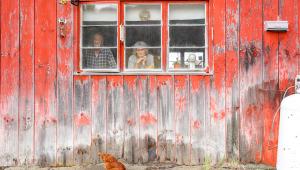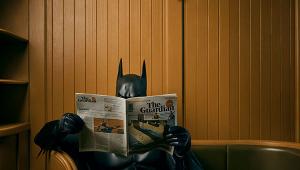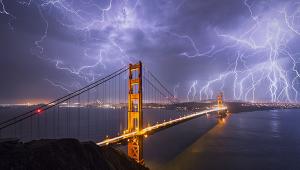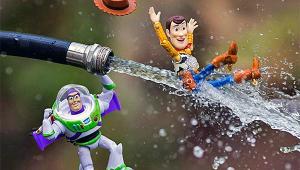Illuminating Landscapes: Jess Findlay Has a Light Touch with Nature Photography
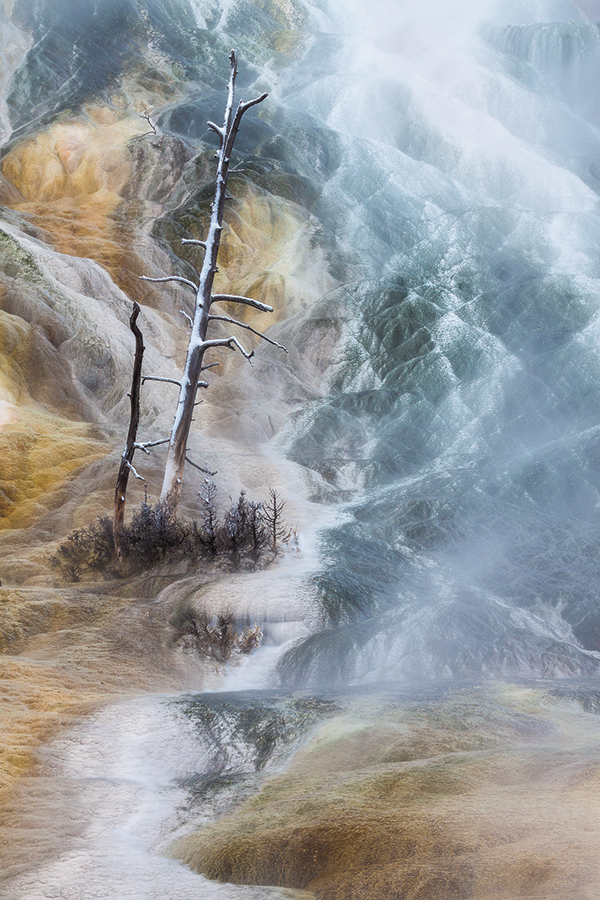
“Shown here are snow-covered petrified trees surrounded by the otherworldly travertine slopes of Mammoth Hot Springs, Wyoming. The color is the result of cyanobacteria living in a thin film of superheated water. The ethereal glow was achieved by waiting for diffuse steam to drift into the scene.” Technical info: Canon EOS 50D, Canon 70-200mm f/4; ISO 160, f/11, 0.6 seconds.
All Photos © Jess Findlay
For Jess Findlay, outdoor photography was a natural. Growing up in British Columbia (BC), Canada, surrounded by lush landscapes, enthralling wilderness, and birds of every feather, nature called to him every time he stepped outside, spurred on by family activities that included hiking, mountain biking, and birdwatching. As a young child, he would buy disposable cameras for family outings, and that only whet his appetite for the photographic arts. Before he knew it, he was thoroughly immersed. Nature and photography were on converging paths, meeting at a crossroads that would mark his future forever.
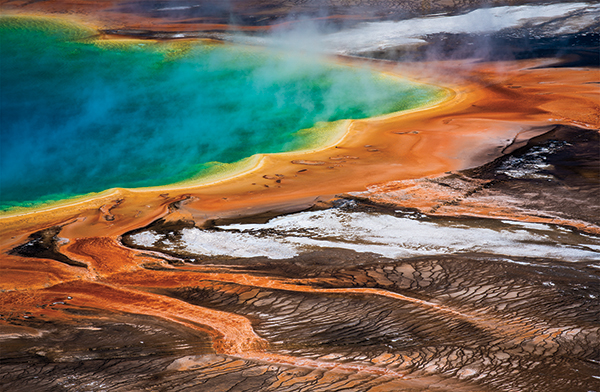
“An adjacent ridge provides a unique perspective of Grand Prismatic Spring in Yellowstone National Park, Wyoming, showcasing the full spectrum of color caused by cyanobacteria living in the superheated water. This is a rare occasion where photographing in the midday sun provides the best conditions.”
Shooting the Landscape
The reason as to why Findlay shoots landscapes is simple. “I enjoy sharing those places that others might not be aware of,” he commented. “It started as a way for me to document these places and evolved into an artistic pursuit.” These days, that sharing involves conducting photo workshops around the globe.
Findlay didn’t start out shooting landscapes. His early passion was wildlife, notably birds. Birdwatching gave him an understanding of the wildlife in his viewfinder, and that led to greater success. It also resulted in capturing some unusual viewpoints, once his perspective was widened.
“After meeting a few landscape photographers, who were generous enough to share some of their enthusiasm and techniques, I became more interested in landscape,” Findlay recalled. “Now, as opposed to preferring one or the other—wildlife or landscape, I enjoy combining the two. I capture wildlife with a sense of place, birds and mammals in their habitat and environment, showing the connection between the two.” It’s important to show these relationships, Findlay pointed out. “The pictures have greater significance that goes beyond simply capturing tight shots of animals.”
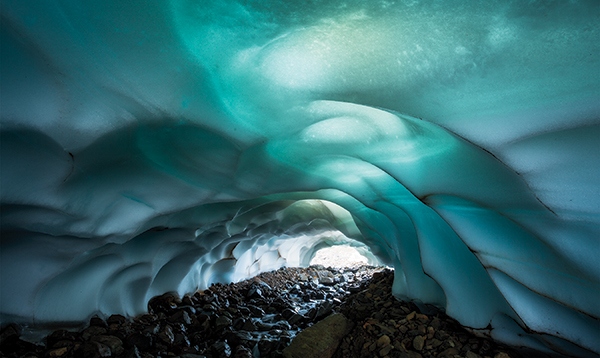
“During a multi-day backpacking trip, rainy conditions limited my photography. Forced to explore other opportunities, I began investigating the world beneath the snowfields I’d previously traveled across and came upon this site, a spectacular, blue ice tunnel beneath a snowfield in Canada’s Garibaldi Provincial Park, BC.” Technical info: Canon EOS 5D Mark III, Canon 17-40mm f/4; ISO 100, f/14, 3.2 seconds.
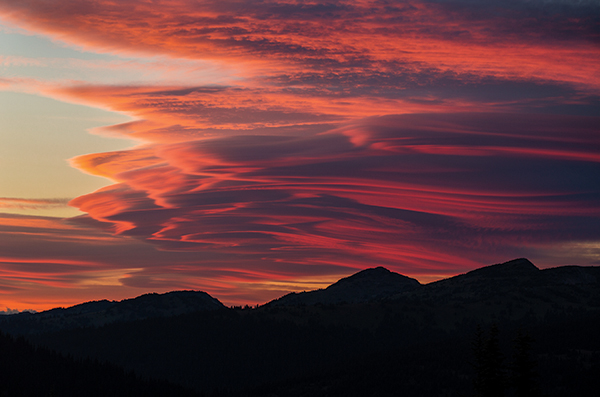
“I watched this impressive display of sunset light and lenticular clouds develop through the afternoon over a portion of the Hozomeen Range in southwestern BC. The resulting light show was among the best I’d ever experienced.” Technical info: Canon EOS 5D Mark III, Canon 70-200mm f/4; ISO 100, f/8, 1/5 second.
Seeing the Old in a New Light
Findlay loves exploring new places, but he never tires of the old. “BC is so huge, the options are really limitless. I enjoy revisiting the same areas. You don’t always get the shot you wanted the first time around, during different weather conditions, different seasons, times of day—there are countless variables that affect a landscape. You shouldn’t always be satisfied on your first visit. You should definitely revisit the place and give yourself the option to see it in a new light.”
As for Findlay’s landscape technique, several constants hold sway. First, he always uses a tripod. Second, he shoots wide, these days opting for his Canon 16-35mm f/4L, having previously worked with the 17-40mm f/4L. And third, he shoots at small lens apertures, ranging from f/10 to f/22, “but I try to keep it around f/16, depending on how close the foreground is.”
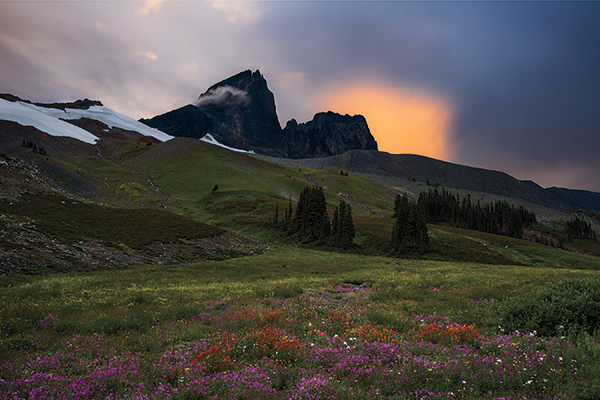
Shown here are summer wildflowers in the backcountry of Garibaldi Provincial Park, BC. “Black Tusk is an ancient volcanic plug that stands over 2,300 meters tall. I camped in this backcountry location for three rainy days, hoping for dramatic light to appear over this peak. With nothing but soggy boots and an empty memory card to show for all my waiting, I was thrilled to at last capture this unique display of storm light during my final evening.” Technical info: Canon EOS 5D Mark III, Canon 17-40mm f/4; ISO 100, f/14, 1/13 second.
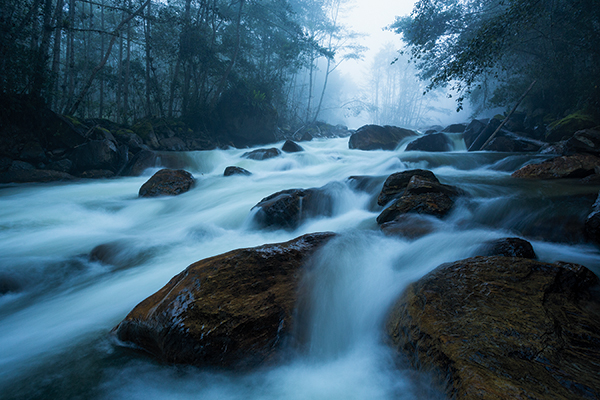
“Fog enshrouds the cloud forest along the shores of the Papallacta River, high in the Ecuadorian Andes. I waited for dusk to lend this scene a cool, moody feel.” Technical info: Canon EOS 5D Mark III, Canon 17-40mm f/4; ISO 640, f/11, 1.3 seconds.
The Uncertainty of Nature
Asked whether he ever wakes up knowing this day he’ll shoot that once-in-a-lifetime shot, Findlay responded: “With regards to landscape photography, it’s always uncertain. The weather may be favorable when you wake up, but then it takes a sudden turn for the worse just as you’re heading out. That uncertainty is part of the excitement for me—you don’t know until you have that shot on your memory card. So when it does finally happen, that’s really gratifying for me.” He continued: “When it comes to landscape, as a rule I target the early and late day windows for the most dramatic light. But there are a lot of times when I’m shooting beneath the rainforest canopy here in the Pacific Northwest, and that requires me to shoot in the middle of the day to get enough light. And the lighting is another reason why I like shooting wildlife. Between the windows of dramatic light, when the lighting may not be optimal for a landscape, it may be perfect for a wildlife shot.”
Findlay added: “It may not be a good idea to go in with preconceptions of how the shot should look. Approaching the scene with an open mind and exploring those places at different times opens yourself up artistically.”
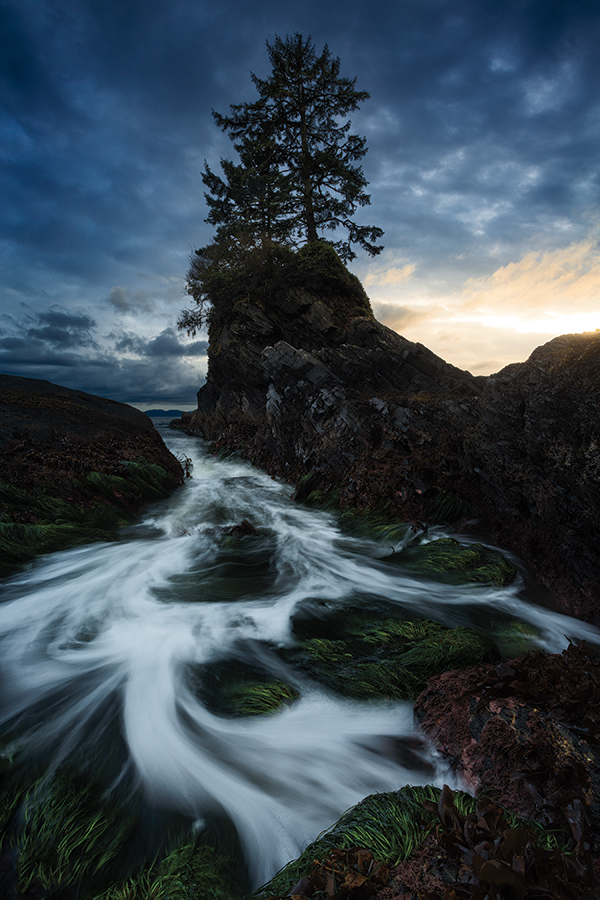
During a stormy sunset, waves recede beneath a sea stack on the rugged west coast of Vancouver Island, BC. “By getting out and shooting during gloomy conditions, you can achieve a balance of warm and cool tones should the sun break through the clouds. By using a slow shutter speed, motion was captured in the water as it pulled away from the shoreline. In post, I blended in an additional, darker exposure to overcome the very bright portion of the sky.” Technical info: Canon EOS 5D Mark III, Canon 17-40mm f/4 w/circular polarizer; ISO 100, f/18, 0.5 seconds.
The Defining Moment
For Findlay’s landscape images, lighting is key. “Dramatic lighting for me expresses the defining moment. I want the image to look natural, without adding heavy post-processing. I want the viewer to step into that scene and see what I saw. It’s a combination of finding that unique perspective and waiting for those rare conditions to happen.
“I have no issue with things like focus stacking and exposure bracketing. I definitely see their merits. I use both techniques myself when necessary. That said, I find it very important to be present in the moment and appreciate the scene away from an LCD screen, instead of being totally consumed with technology.
“For the style I’m going after, I stay away from the surreal effects found in many HDR applications and I don’t use HDR in Lightroom. However, it’s worth noting that I regularly use luminosity masks in Photoshop to maximize dynamic range in my images.”
Jess Findlay has learned to go beyond the obvious. Whether he’s shooting wildlife or landscape, he looks at the tableau with which he’s presented, he studies the lighting, and he makes them come together as if we were watching a staged play come to life.
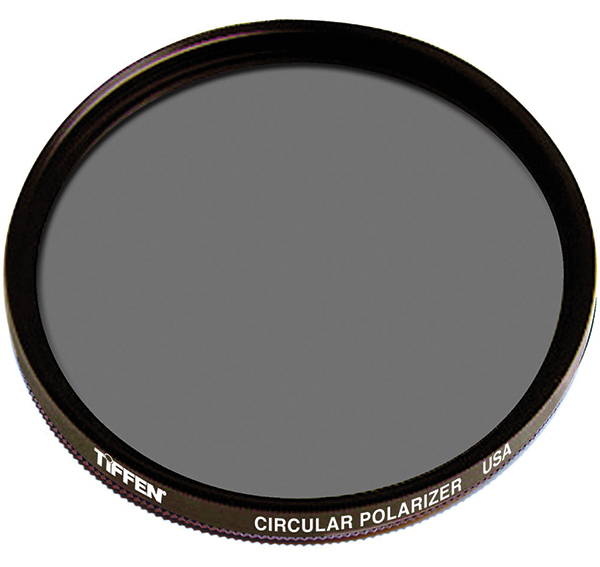
Findlay’s Favorite Gear
“Given that a lot of my landscape photography is done here in British Columbia, a place known for its temperate rainforests, snowy mountains, and seemingly endless coastlines, I find myself shooting in wet environments more often than not. A circular polarizer has proven to be imperative to the success of my photographs when shooting scenes such as creeks, waterfalls, ocean shorelines, and rainforests. This helps tremendously, by cutting through the glare of wet surfaces and enriching greens. An added bonus is that, by cutting back on the ambient light, it allows me to lengthen my exposures and get creative with motion, without the need for a neutral density filter.”
What’s in Findlay’s Gear Bag
* Canon EOS 5D Mark III (for landscape)
* Canon EOS 7D Mark II (for birds/wildlife)
* Canon 16-35mm f/4L IS
* Canon 100-400mm f/4.5-5.6L IS II
* Polarizing filter
* Canon Speedlite
* Gitzo 3542LS with Induro BHL2
* Cable release
* Rocket blower
Jess Findlay operates out of Vancouver, British Columbia, Canada. To see more of his work and learn about his workshops, visit jessfindlay.com, or @jessfindlay on Instagram.




